- Books Name
- class 7 Mathematics Book
- Publication
- ReginaTagebücher
- Course
- CBSE Class 7
- Subject
- Mathmatics
Operations in Fractions
Fundamental operations in fractions:
Addition
Subtraction,
Division,
Multiplication
Addition and subtraction of Fractions
Addition of Like Fractions
Since like fractions have the same denominator, we retain the denominator in the final answer.
We add the numerator to get the numerator of the final fraction.
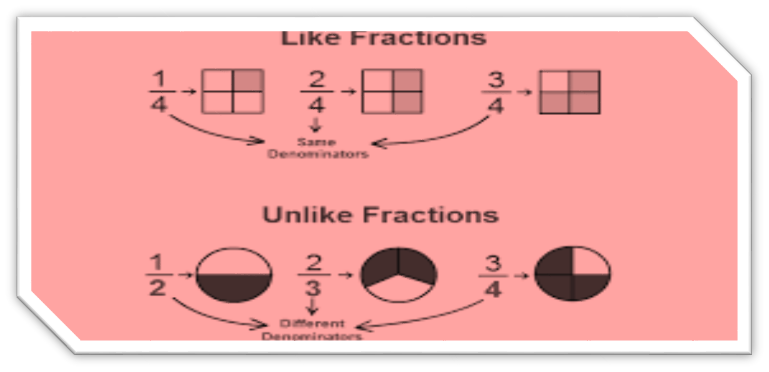
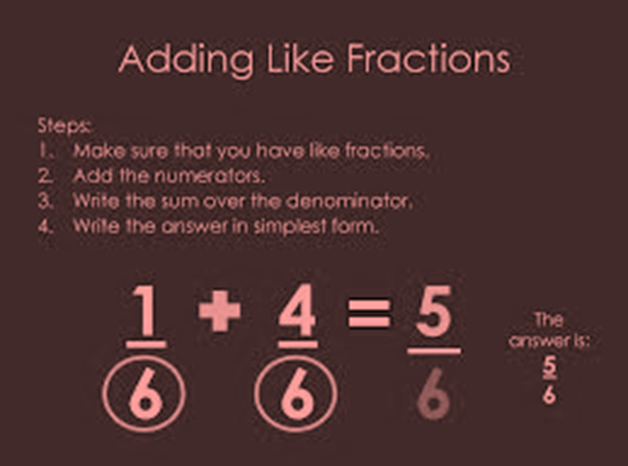
Subtraction of Like Fractions
Since like fractions have common denominator, we retain the denominator in the denominator.
The numerators are subtracted to get the numerator of the final fraction.
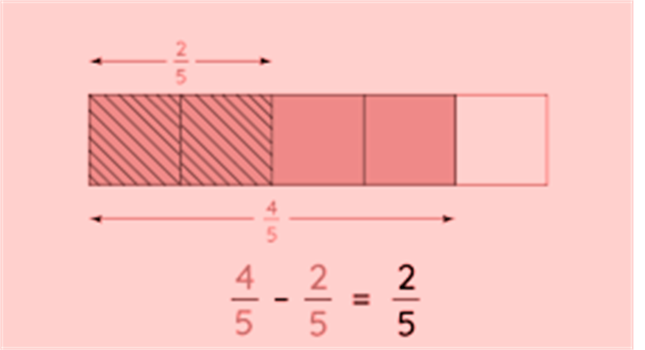
Addition of Unlike Fractions
These fractions have different denominators.
originally, the fractions are converted into equivalent fractions with a common denominator.
To do so, the LCM of denominators is calculated.
The fractions are converted into like fractions with a common denominator.
The common denominator is retained
The numerators are added.
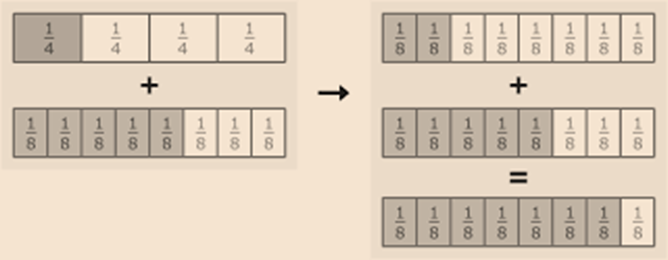
Deduction of Unlike Fractions
These fractions have different denominators.
originally, the fractions are converted into original fractions with a common denominator.
To do so, the LCM of denominators is calculated.
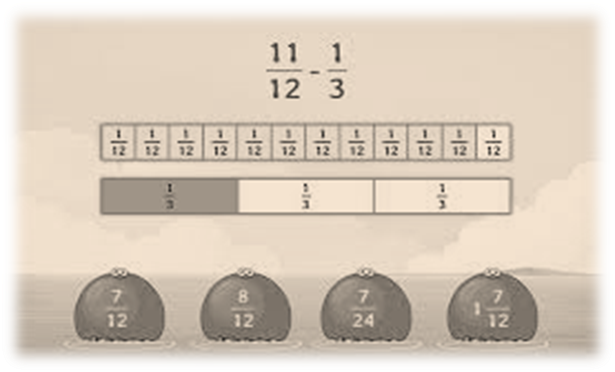
The fractions are converted into like fractions with a common denominator.
The common denominator is retained
The numerators are subtracted.
Multiplication of a Fraction by a Whole Number
To multiply a whole number with a proper or an improper fraction, we multiply the whole number with the numerator of the fraction, keeping the denominator same.
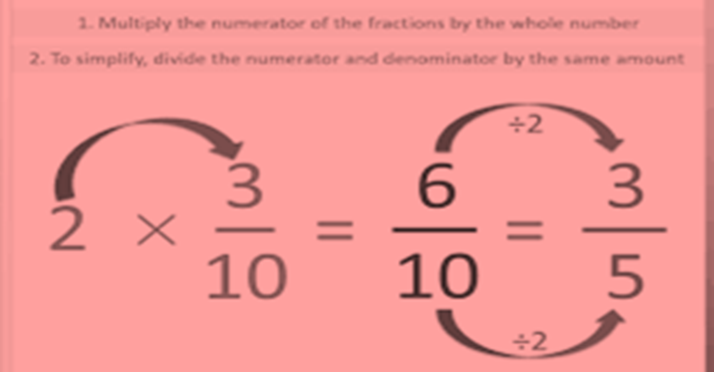
To multiply a mixed fraction to a whole number, first convert the mixed bit to an improper fraction and also multiply.
Multiplication of a Fraction by a fraction
![]()
Still, we first convert into an improper fraction, If one or both of the fractions is a mixed fraction.
When two proper fractions are multiplied, the product is lower than both the fractions. Or, we say the value of the product of two proper fractions is lower than each of the two fractions.
When two improper fractions are multiplied the product of two improper fractions is more than each of the two fragments. Or, the value of the product of two indecorous fragments is further than each of the two fragments.
Division of fractions
Division of a fraction by a whole number
A fraction being divided by a number is original to the bit being multiplied by the supplementary of the number.
A complementary of the number is a number which we multiplied by the original number gives1. Fore.g. the complementary of 2 is ½ since 2 *1/2 = 1. also, the complementary of7/2 is2/7.
In short, a complementary is attained by switching the numerator and denominator.
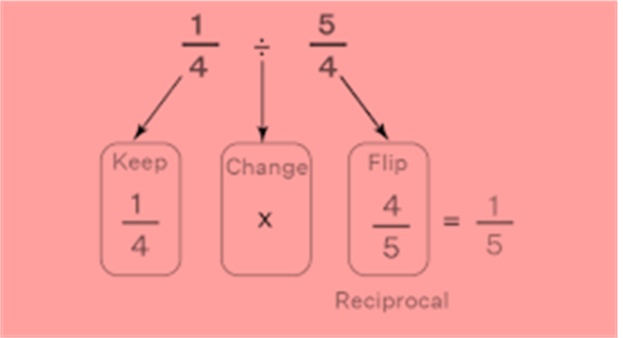
While dividing mixed fractions by whole numbers, convert the mixed fractions into improper fractions
Division of a whole number by a fraction
To divide a whole number by any fraction, multiply that whole number by the complementary of that fraction.
While dividing a whole number by a mixed fraction, first convert the mixed fraction into improper fraction and also answer it.

 Param Publication
Param Publication
 ReginaTagebücher
ReginaTagebücher
